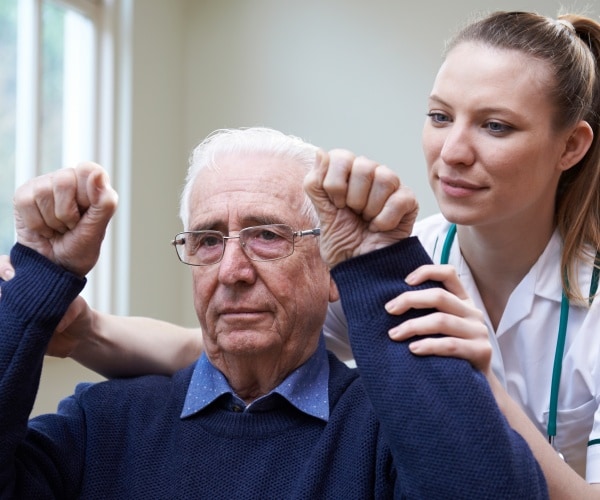[ad_1]
There is new hope for the millions of stroke survivors who have been left with a persistent physical disability. Stimulating the brain with electricity has been used for three decades to treat tremors in people with Parkinson’s disease. Now, researchers are testing whether the same technique can help restore hand and arm motion in stroke survivors.
Each year, about 15 million people worldwide suffer a stroke, which occurs when there is sudden bleeding or a blockage of the blood supply to the brain, according to WIRED. This affects the neurons near the site of the stroke, and when they are damaged, may cause chronic or permanent disabilities. Physical therapy can help, but normally a year after the stroke patients stop improving.
The Cleveland Clinic ran an experimental procedure in which 12 stroke patients received a thin wire into their cerebellum to electrically stimulate the neurons involved in control of voluntary movements and sensory functions. This area also communicates with other brain regions, including the cortex.
At the start of the study, the subjects who received this deep brain stimulation or DBS, had weakness on one side of their upper body that made it challenging to perform everyday tasks. But after treatment, nine of the subjects saw meaningful improvements in their hand and arm movement, according to the new study published in Nature Medicine.
Kenneth Baker, a neuroscientist at the Cleveland Clinic and one of the study authors said, “We’re trying to promote conditions in the surviving areas of the cortex that are more favorable to functional reorganization.” With the simulation, Baker and his team were able to increase the excitability of the neurons near the damaged area and boost their ability to form new connections.
While the study participants continued to receive physical therapy, the researchers turned on the electrical stimulation after a period of recovery from the surgery. Physical therapy alone led to modest gains, says WIRED, about three points on a 66-point scale of assessment, but when the electrical stimulation was turned on, improvement in movement jumped another seven points.
Participants were able to perform simple tasks like turning on a light switch, using a comb, or picking up a cup.
“Their motion and movement is not at the level of normal, but even the ability to use their hand at a higher rate than they were makes a big difference,” said Baker. The three participants who did not see improvements started out with worse deficits than the others.
After the researchers removed the device at the end of the study the benefits persisted throughout the entirely of the 10-month follow-up period, which means DBS may not be needed permanently as it is with Parkinson’s patients.
It’s important to note that all the patients who participated in the study had been disabled from a stroke for more than a year. Some had been disabled for three years and yet the time since their stroke didn’t seem to affect the improvements they experienced.
Stroke experts say the results are exciting but caution that further studies are needed to learn which stroke candidates can benefit from DBS. The researchers are planning a large, randomized trial, says WIRED, to help ascertain who is the best candidate for the therapy.
© 2023 NewsmaxHealth. All rights reserved.
